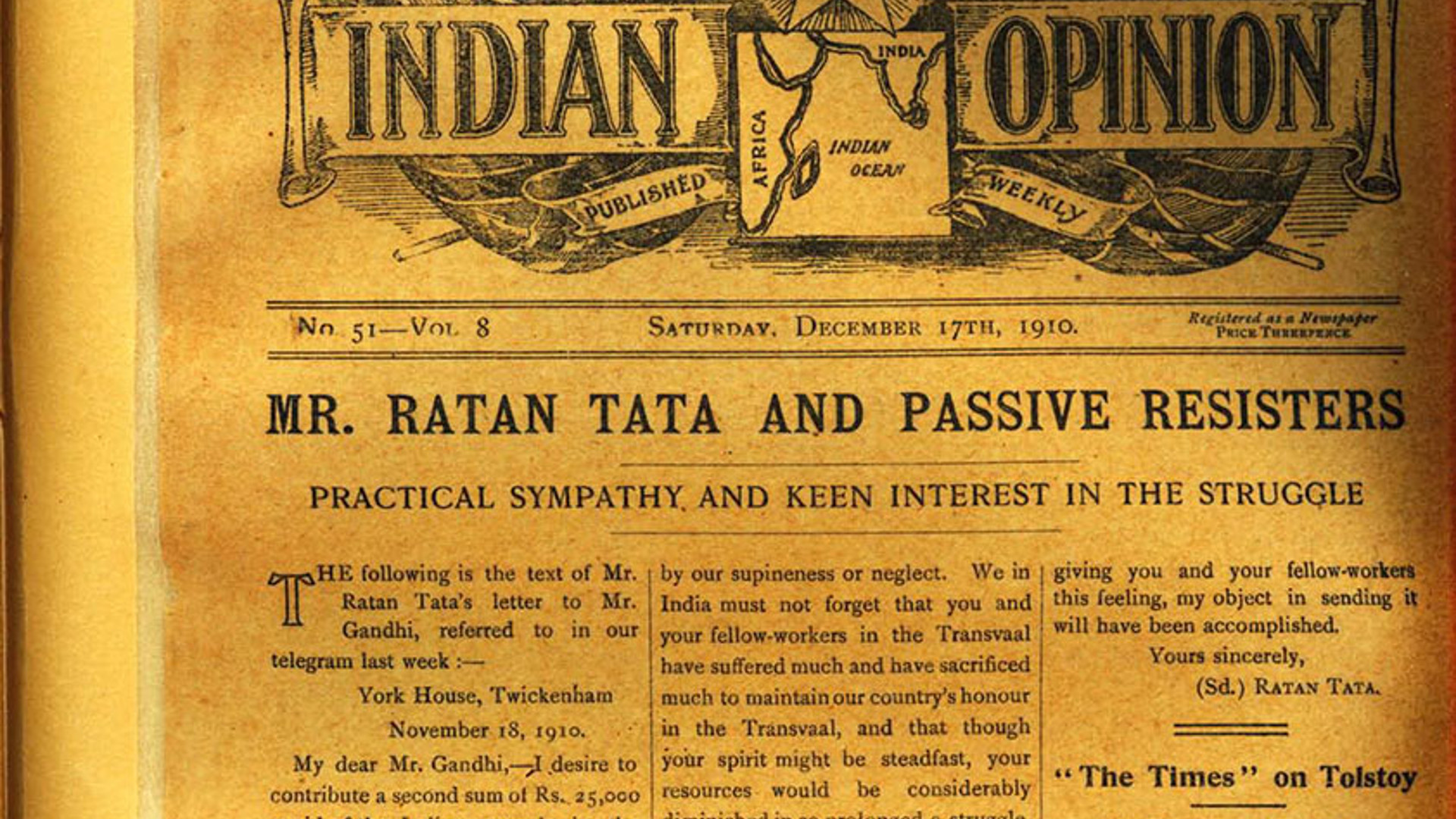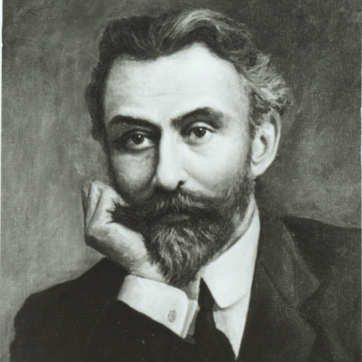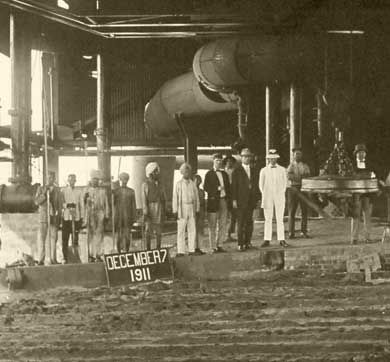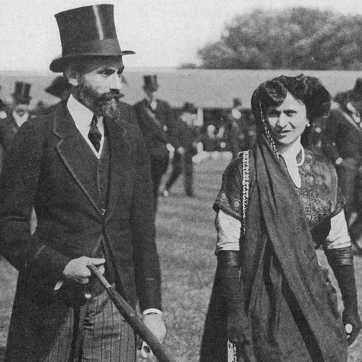June 2018 | 411 words | 1-minute read
"That India has been roused is evident from the generous gift of Mr Ratanji Jamshetji Tata. By his big donation of Rs. 25,000, he has given a powerful impetus to our movement,” Mahatma Gandhi wrote in the Indian Opinion in 1909.
Sir Ratan Tata, the younger of the two sons of Tata group Founder Jamsetji N Tata, had a universal outlook. For him, social and philanthropic causes went hand in hand with following in his father’s footsteps — along with his brother Sir Dorabji — and expanding the Tata businesses, contributing to India’s industrial development. It is this quality that made Sir Ratan the first Indian to help Gandhiji both morally and materially, contributing Rs. 1,25,000 in all for the struggle against racism in South Africa between 1909-1913.
“I feel I should lose no more time in doing my duty by our brave and suffering brethren in the Transvaal and I have, therefore great pleasure in enclosing a cheque for Rs. 25,000, which I shall feel obliged by your forwarding to Mr Gandhi, the money to be spent in relieving destitution, and in aid of the struggle generally,” he wrote in a letter to social reformer Gopal Krishan Gokhale in November 1909. He also contributed Rs. 10,000 annually for 10 years to Gokhale’s Servants of India Society.
Sir Ratan’s largesse extended from medical causes like the King George V Anti-Tuberculosis League and natural calamities to education. He felt scientific study was needed to ameliorate poverty in India, and instituted a chair at the London School of Economics in 1913 to find solutions. What began as annual grant of £1,400 has gone through many iterations over a course of more than 100 years, but the work initiated by him continues.
Sir Ratan took keen interest in India’s heritage too and gave 75,000 for archaeological excavation in Pataliputra (1913-1917), which led to the discovery of the 100-column Mauryan throne room in King Ashoka’s palace, among other things. His houses in England and Bombay were a treasure trove of artefacts collected from his travels around the world.
Sir Ratan, who was knighted in 1916 for his services to humanity, died too young on September 5, 1918, at St Ives in Cornwall, England. But his philanthropy — the Sir Ratan Tata Trust, India’s oldest grant-bestowing foundation, was established in 1919 in accordance with his will and a corpus of 8 million — continues to change lives 100 years on.
Photo courtesy Gandhi Heritage Portal













